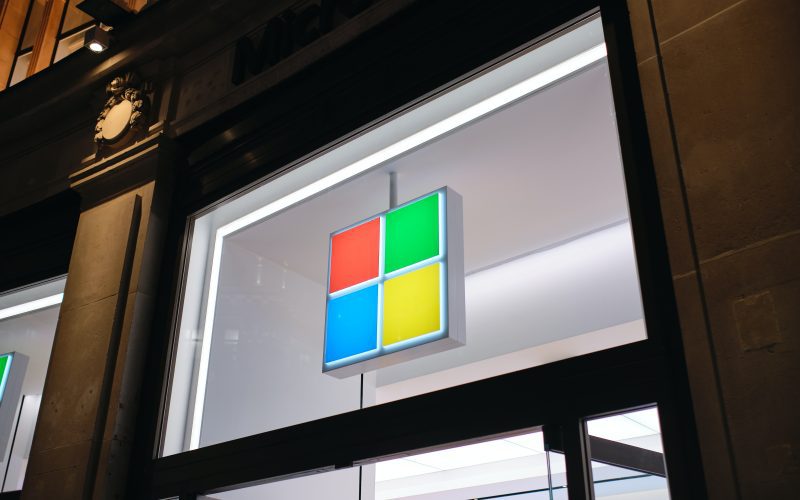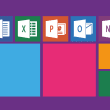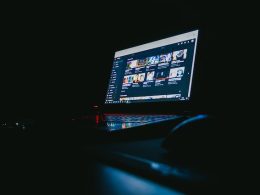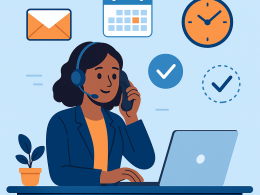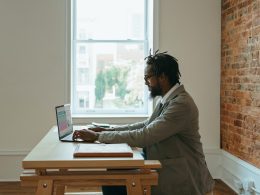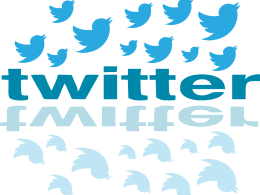In today’s world, digital technology has become an integral part of education. However, the inequality in access to technology and connectivity has created a digital divide among learners. This disparity is preventing young minds from thriving and reaching their full potential. But don’t lose hope! Microsoft and Boost are actively working towards bridging this gap by providing equal opportunities for all students through innovative programs that promote digital literacy, empowerment, and inclusivity. In this blog post, we will explore how these two organizations are working together to tackle inequality in education and provide a pathway for success for every student.
The digital divide in education
As the world becomes increasingly digitized, those without access to technology and the internet are at risk of being left behind. This is especially true in the realm of education, where students who lack access to digital resources are at a disadvantage compared to their peers.
Microsoft and Boost, a UK-based charity, are teaming up to help close the digital divide in education. Through their partnership, Microsoft will provide Boost with free software and services worth £1 million pounds sterling (approximately $1.3 million USD). These resources will be used to support Boost’s work in providing computer science education to disadvantaged young people across the UK.
This partnership is just one way that Microsoft is working to promote digital inclusion and accessibility. The company has also committed to increasing its own internal use of assistive technologies, so that employees with disabilities can fully participate in the workplace.
By partnering with organizations like Boost, Microsoft is helping to ensure that everyone has an equal opportunity to benefit from the transformative power of technology.
How Microsoft and Boost are working to close the digital divide
The digital divide is a term used to describe the gap between those who have access to technology and those who don’t. It’s a growing problem in the United States, where nearly one in three households do not have broadband internet access. This lack of access can have a major impact on a person’s ability to get an education, find a job, and participate in our increasingly digital world.
Microsoft and Boost are two organizations working to close the digital divide. Microsoft has been working to increase access to technology for more than 20 years, and their work has had a significant impact. In 2015, they launched the Microsoft Airband Initiative with the goal of expanding broadband internet access to 3 million people in rural America by 2022. And they’re well on their way – so far they’ve connected more than 1 million people.
Boost is a non-profit organization that provides free or low-cost internet service to low-income households. They also offer computer classes and other digital literacy programs to help people make the most of their new connection. Boost has helped more than 200,000 people get online since their launch in 2011, and they continue to grow every day.
These organizations are helping to close the digital divide by giving everyone an equal opportunity to succeed in our digital world.
The benefits of closing the digital divide
The digital divide refers to the gulf between those with regular, reliable access to the internet and those who don’t. It’s a problem that disproportionately affects low-income families and students of color. But it’s not just about having a device or being able to afford an internet connection. The digital divide also encompasses the skills needed to use technology for learning.
That’s why Microsoft and Boost are teaming up to help close the digital divide. Together, we’re committed to ensuring that every student has the opportunity to develop the computational thinking skills they need to succeed in school and beyond.
We know that when kids have equitable access to technology and education, they can achieve anything. That’s why we’re working together to provide:
Free internet hotspots: We’re providing free hotspots to eligible low-income families so that every child can have access to the internet at home.
Affordable devices: We’re offering affordable devices so that every child can have a computer or tablet for schoolwork and enrichment activities.
Digital literacy training: We’re offering free digital literacy trainings so that parents and guardians can better support their children’s learning at home.
The challenges of closing the digital divide
The digital divide is a term used to describe the gap between those who have access to technology and those who don’t. It’s an issue that disproportionately affects low-income families and students of color. While the divide has been slowly closing over the past decade, there’s still a long way to go.
One of the biggest challenges in bridging the digital divide is lack of funding. Many school districts can’t afford to provide their students with laptops or tablets, let alone high-speed internet access. Even when schools are able to find the money for technology, they often can’t keep up with the rapidly changing landscape of education technology.
Another challenge is lack of trained teachers. Many teachers aren’t comfortable using technology in their classrooms, so they don’t take advantage of the resources available to them. As a result, students miss out on opportunities to learn important 21st century skills.
Finally, there’s the issue of equity. Even when schools have the money and the teachers, not all students have equal access to technology. Some students may not have transportation to get to a computer lab, or they may not have a quiet place to do their work at home. Others may not have parents who are comfortable helping them with their homework online.
Microsoft and Boost are working together to address these challenges and help close the digital divide. Through our partnership, we’re providing grants to
What more needs to be done to close the digital divide?
The digital divide refers to the gap between those who have access to technology and those who do not. This is a problem because it can lead to inequalities in education, employment, and other areas of life. While there has been some progress in closing the digital divide, there is still more work to be done.
One way to close the digital divide is by providing access to technology. This can be done through initiatives like Microsoft’s bridging the digital divide initiative, which provides discounts on Microsoft products and services to low-income individuals and organizations. Another way to close the digital divide is by providing training on how to use technology. This can be done through programs like Boost’s Computer Science for All program, which provides computer science education to students from underrepresented groups.
By providing access to technology and training on how to use it, we can start to close the digital divide and ensure that everyone has an equal opportunity to succeed.






